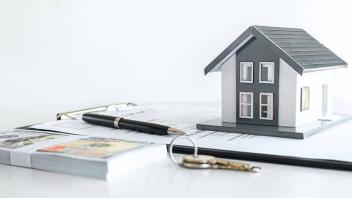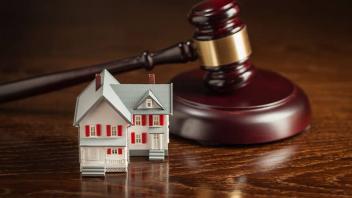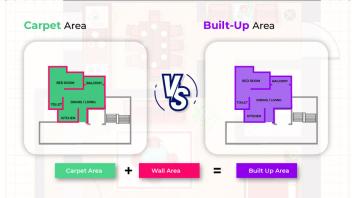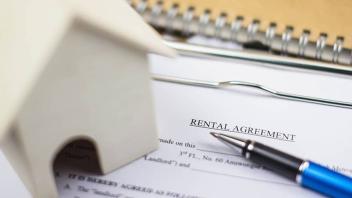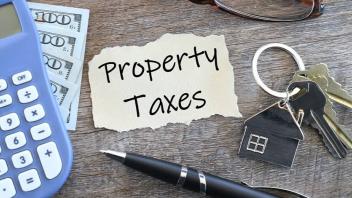Renting a Home: The Good, The Bad, and What You Need to Know
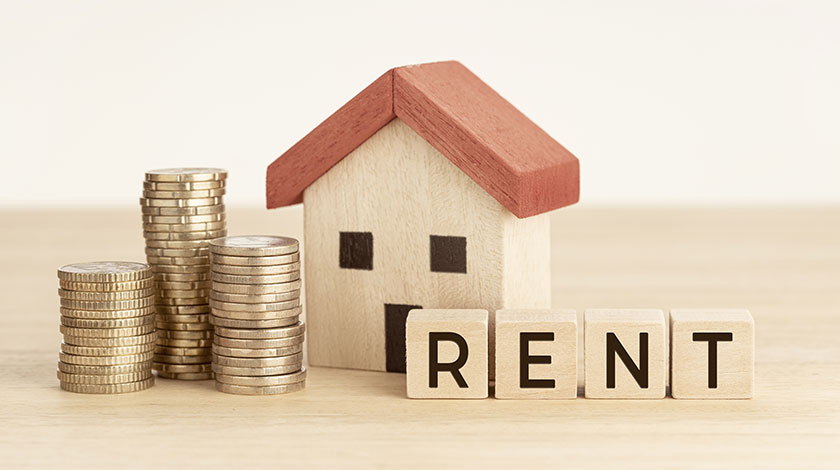
Moving to a new place is always exciting, but it comes with its fair share of challenges. One of the biggest questions you'll likely face is whether to rent or buy. Renting a home can be an excellent choice for many, but it’s not without its drawbacks. In this comprehensive guide, we’ll walk through the pros and cons of renting a home and what you should keep in mind during the process.
Also Read: Renting or Buying? Which is Better For you?
Why Renting? A Look into the Perks
Flexibility
Renting offers the flexibility that owning a home simply can't. If your job requires you to relocate often, or if you're still exploring where you want to settle down, renting is a more adaptable option also easy for packing and moving. Breaking a lease is usually less cumbersome and costly than selling a house.
Fewer Upfront Costs
Buying a home requires a sizeable down payment, usually 20% of the home's value. With renting, you only need to worry about a security deposit, which is significantly less.
Lower Maintenance Responsibilities
As a tenant, you don't have to worry about fixing a leaky roof or replacing a broken appliance - that's the landlord’s responsibility. This can not only save you money but also free up your time.
Access to Amenities
Many rental properties, especially apartments, come with amenities such as a pool, gym, and security services, which might be financially out of reach for the average homeowner.
Here are some additional factors that can affect the rental prices in your locality.
The Flip Side: The Drawbacks of Renting
No Equity Building
Renting doesn’t allow you to build equity. The money you pay in rent goes into the landlord's pocket, not towards an investment that you own.
Limited Customization
Want to knock down a wall or paint your bedroom a vibrant shade of purple? As a renter, you’ll need your landlord’s permission for most changes.
Rent Increases
Unlike a fixed-rate mortgage, rent can increase over time. This uncertainty can make budgeting more difficult. Go through the rental laws in order to be sure of rules associated with rental properties.
Possible Instability
There's always the possibility that the landlord could decide not to renew your lease, forcing you to find a new place to live on potentially short notice.
Essential Tips for the Renting Process
Now that we've covered the pros and cons, let’s dive into essential tips to follow if you decide that renting is the right choice for you.
1. Do Your Homework
Research the area you’re looking to rent in. Check for amenities, transportation, schools, and safety. Websites and apps like Zillow, Craigslist, and Trulia can be great resources.
2. Budget Wisely
Figure out what you can comfortably afford, keeping in mind that rent isn’t your only expense. Don’t forget about utilities, transportation, and other living costs.
3. Inspect the Property
Before signing a lease, make sure to inspect the property thoroughly. Look for any signs of damage or needed repairs, and make sure they’re documented.
4. Understand Your Lease
Read your lease agreement carefully. Understand the terms, including the length of the lease, the rent amount, and what happens if you need to break the lease early.
5. Communicate with Your Landlord
Establish open communication with your landlord. This can be invaluable if any issues arise during your tenancy.
Here are some more helpful tips for renting your first apartment.
Conclusion
Renting a home comes with its own set of advantages and disadvantages. It offers flexibility and fewer responsibilities but doesn’t allow you to build equity. It’s essential to weigh these factors carefully, considering your current life situation and future goals. Remember, what might be right for one person isn’t necessarily the best choice for someone else. So take your time, do your research, and make the decision that’s best for you and your family. Happy moving!
